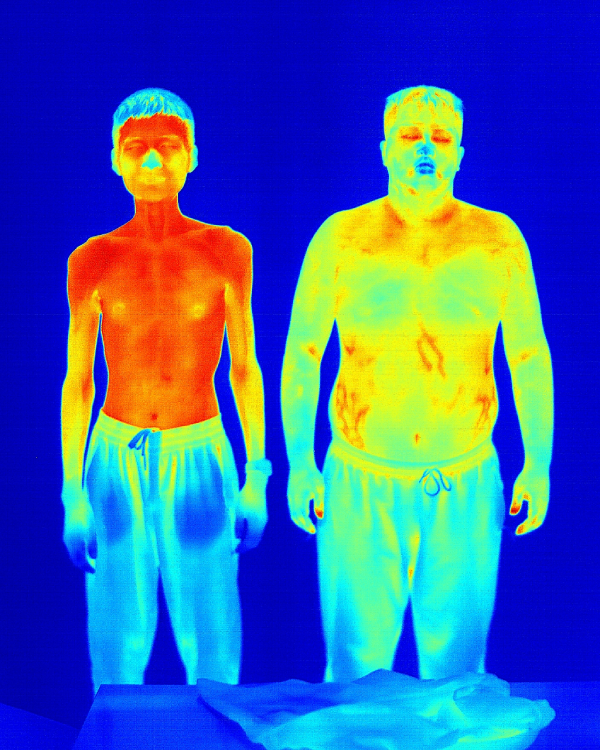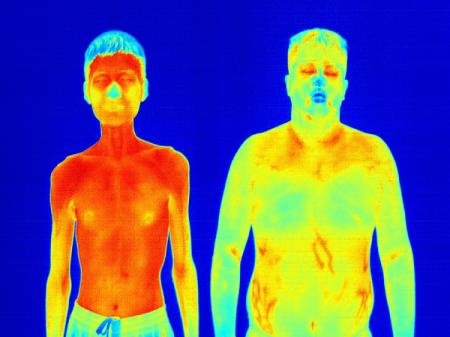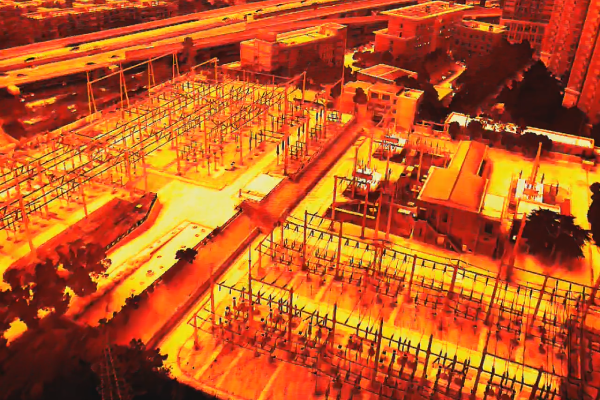Infrared thermal imaging technology has emerged as a transformative technology in healthcare, which can capture and visualize heat emitted by living beings. The non-invasive, contactless, and reliable diagnostic means offers valuable insights for medical diagnostics and patient monitoring.
In traditional medical diagnostics, many diagnostic procedures, such as biopsies or blood tests, required invasive techniques, causing discomfort and potential complications for patients. Traditional diagnostic tools often involved lengthy processing times, delaying critical medical decisions. Imaging methods like X-rays and CT scans relied on ionizing radiation, posing long-term health risks with repeated exposure. Moreover, techniques like MRI or ultrasound lacked the ability to provide continuous, real-time monitoring of physiological changes. These limitations highlighted the need for non-invasive, efficient, and easily deployable technologies like infrared thermal imaging.

How Does Infrared Thermal Imaging Work in Healthcare?
Thermal imaging works by detecting infrared radiation, a form of energy emitted by all objects with a temperature above absolute zero. The human body emits heat patterns that reflect physiological and pathological conditions. Infrared cameras capture these patterns, which are analyzed to detect abnormalities, such as inflammation or irregular blood flow.
Key Applications of Infrared Thermal Imaging in Healthcare
Infrared thermal imaging has a diverse range of applications in medicine:
1. Early Detection of Diseases
Cancer Detection: Thermal imaging can help identify breast cancer by detecting unusual heat patterns associated with increased blood flow and metabolic activity in cancerous tissues.
Diabetes Management: Thermal imaging aids in detecting complications like peripheral neuropathy and diabetic foot ulcers, often before visible symptoms appear.
2. Inflammation and Pain Diagnosis
Thermal imaging effectively highlights areas of inflammation, making it a valuable tool for diagnosing conditions like arthritis, tendonitis, and muscular injuries. It provides a visual representation of pain-related heat changes in the body.
3. Fever Screening
During global health crises such as the COVID-19 pandemic, thermal imaging played a crucial role in fever screening at airports, hospitals, and public places. This non-invasive method helps identify individuals with elevated body temperatures.
4. Vascular Health Monitoring
Infrared imaging is used to assess blood circulation and detect vascular disorders like deep vein thrombosis (DVT) or Raynaud’s disease. It provides a real-time view of temperature-related vascular changes.
5. Rehabilitation and Physical Therapy
Thermal imaging helps monitor recovery progress in patients undergoing physical therapy. By visualizing heat patterns, clinicians can evaluate inflammation reduction and improved circulation in treated areas.
Advantages of Infrared Thermal Imaging in Medicine
Non-Invasive: No need for physical contact or radiation exposure, ensuring patient safety.
Real-Time Monitoring: Provides instant results, allowing for quick assessments and decision-making.
Cost-Effective: Reduces the need for expensive and time-consuming diagnostic tests.
Versatile Applications: Applicable across a variety of medical disciplines.
Advances in thermal imaging technology, such as higher-resolution sensors and AI-driven analysis, are set to enhance its effectiveness in medicine. ROCIR’s advanced SISKIN317 uncooled infrared camera core boasts exceptional temperature measurement performance, which is a suitable choice for medical use. Integration with wearable devices and telemedicine platforms will further expand its accessibility and usability.












